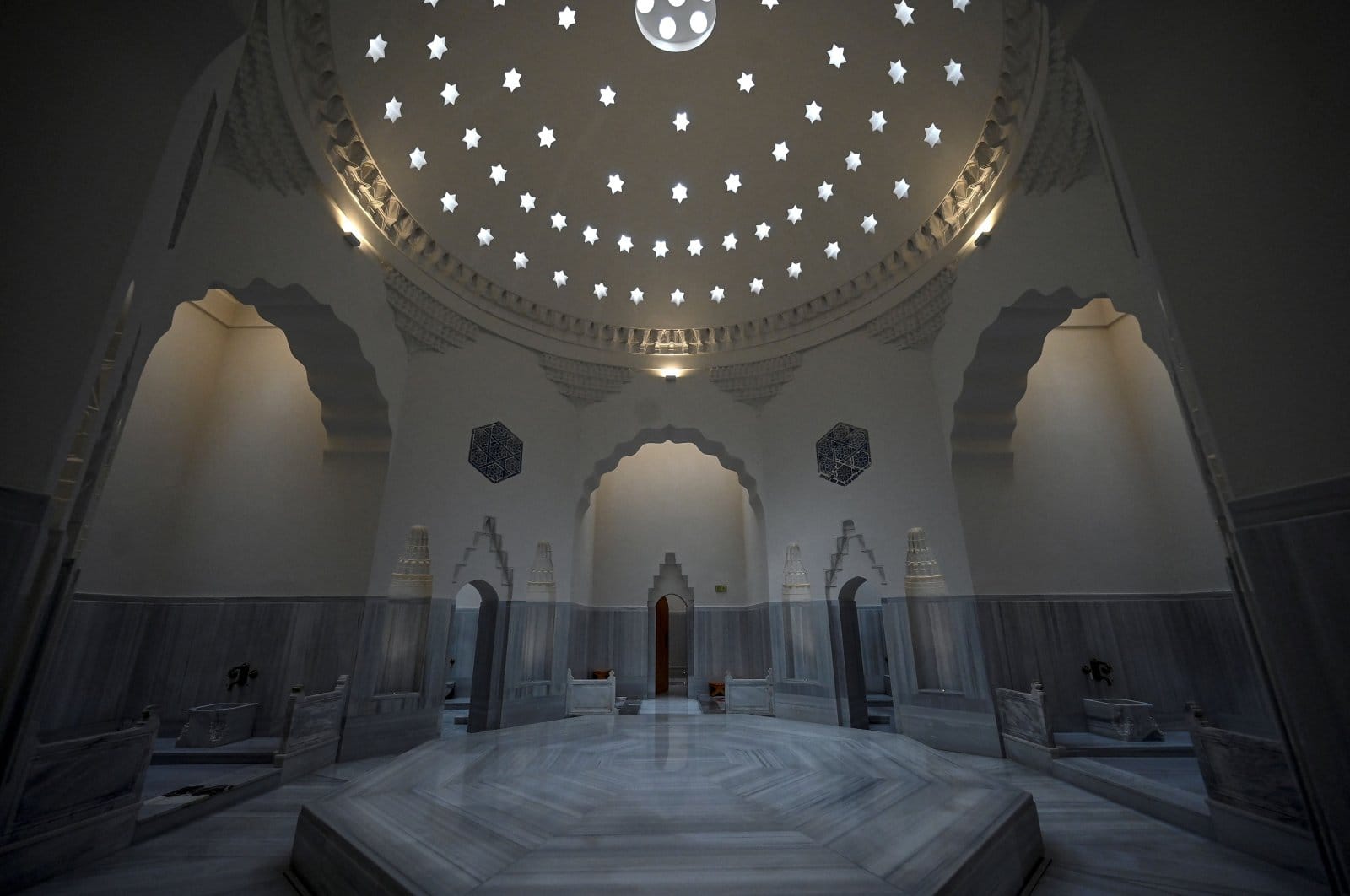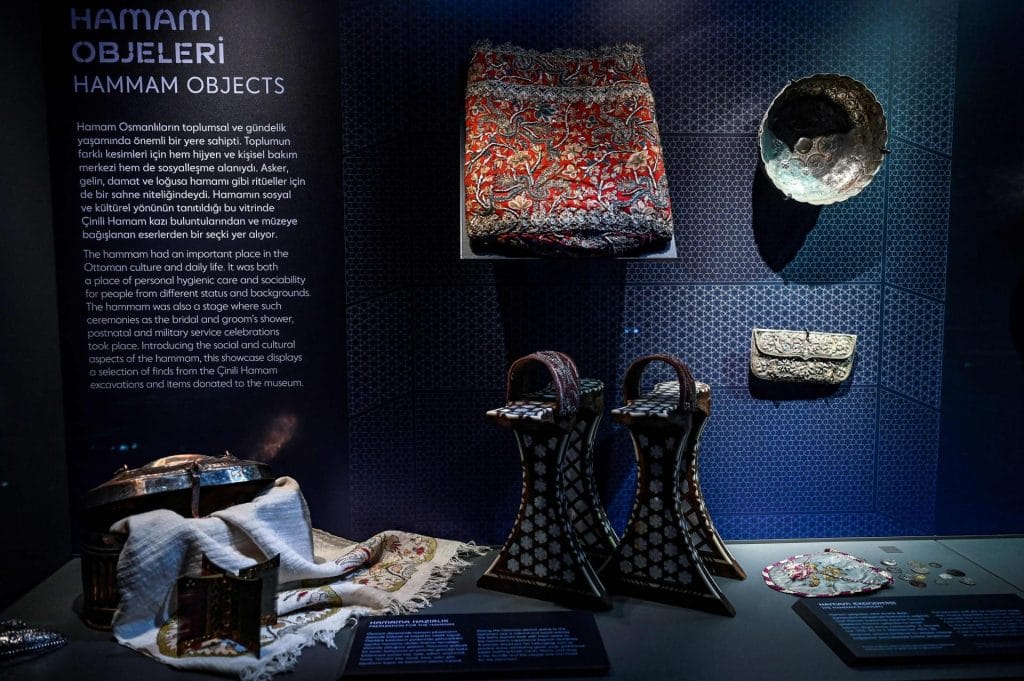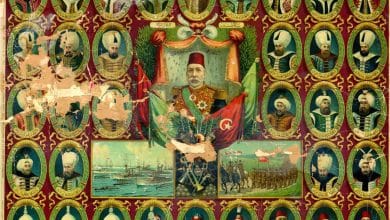Istanbul’s ancient hammams preserve centuries-old bathing tradition
The Revival of Ottoman Hammams: A Glimpse into the Past

The Historical Importance of Hammams
Hammams were once central to Ottoman society, representing a unique blend of hygiene, spirituality, and socialization. These bathhouses symbolized both bodily cleanliness and purity of soul, often hosting significant life events like births, weddings, and soldier farewells.
Zeyrek Cinili Hammam: A Masterpiece by Mimar Sinan
Restoration and Discovery
The 500-year-old Zeyrek Cinili Hammam, designed by the legendary Ottoman architect Mimar Sinan during the reign of Suleiman the Magnificent, reopened in 2024 after a meticulous 13-year restoration.
The process uncovered 3,000 missing tiles, shedding light on why the hammam was named “Cinili,” meaning “covered with tiles.” These tiles, exclusively crafted for the hammam, showcase the richness of Iznik ceramics, although many were lost to fire, earthquakes, or European collectors.
Byzantine Foundations Beneath the Hammam
Excavations revealed Byzantine cisterns beneath the structure, believed to have been used as foundations and water reservoirs, offering insight into Sinan’s architectural ingenuity.
Bathing Culture: From Romans to Ottomans
Roman Bathing Traditions
The ancient Romans emphasized bathing culture, with traders often washing before entering the city. This tradition influenced later civilizations, including the Ottomans.
Golden Age of Ottoman Bathing
Under the Ottomans, hammams reached their peak, serving as places for cleansing, healing, and social interaction. By 1638, Istanbul alone boasted over 14,000 public and private baths, cementing their integral role in daily life.

Reviving Cultural Heritage Through Restoration
Zeyrek Cinili and Beyazid II Hammams
Restorations of historical baths, such as the Zeyrek Cinili Hammam and Beyazid II Hammam (reopened as a museum in 2015), highlight their historical and cultural significance. These restorations not only preserve heritage but also reintroduce the hammam experience to modern generations.
Hammam Traditions: A Social Legacy
For centuries, hammams were spaces for celebrations and communal gatherings. Today, they predominantly attract tourists, with locals representing just 30% of visitors at places like the Çemberlitaş Hammam.
Modern Hammam Experiences
Luxury and Tourism
The hammam tradition, though expensive today (around $100 for basic services), remains a sought-after experience for Turkish and international celebrities. Visitors can enjoy hot, warm, and cool pools along with massages and traditional peeling services.
Keeping the Tradition Alive
Manolya Gokgoz, whose family has deep ties to the hammam culture, emphasizes the importance of preserving this ancient tradition, despite the widespread availability of running water.
Revitalizing historical hammams ensures that this unique blend of tradition, culture, and architecture is passed on to future generations. As archaeologist Gürol Tali states, restoring these spaces is one of the most effective ways to safeguard Istanbul’s cultural heritage.
Follow us on osmanonline.live and osmanonline.me!
Read, watch, and stay updated with us as we strive to bring you the best content. Kuruluş Osman remains the most popular series, and we are here to keep you connected!





